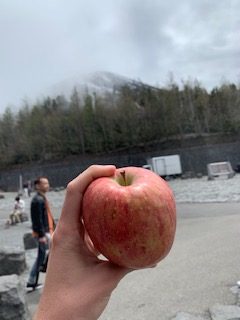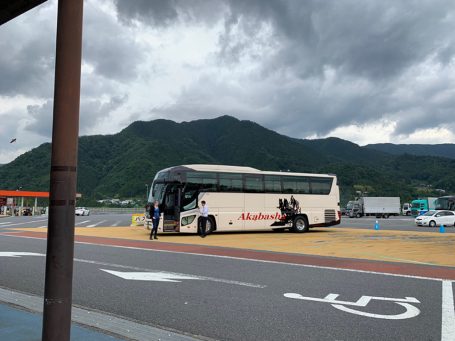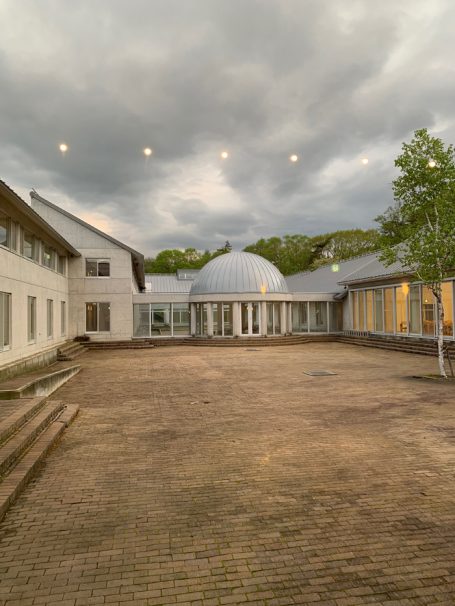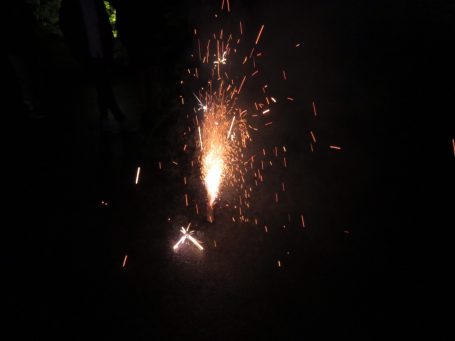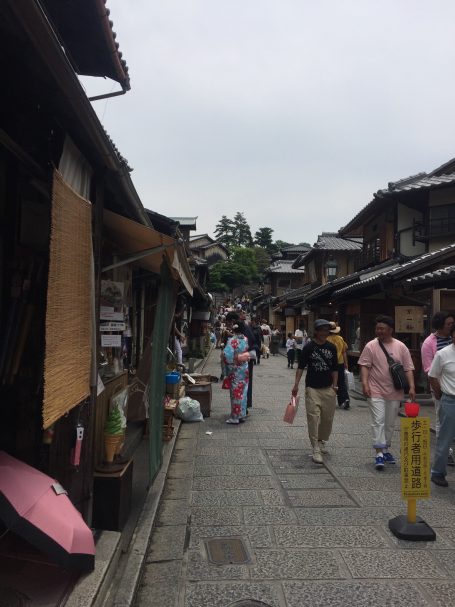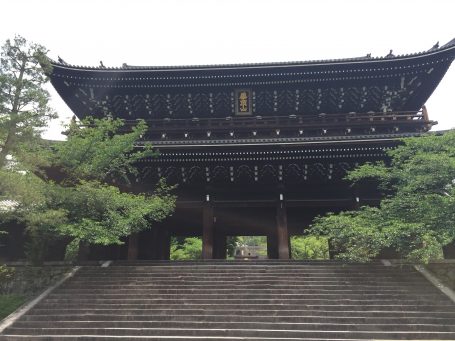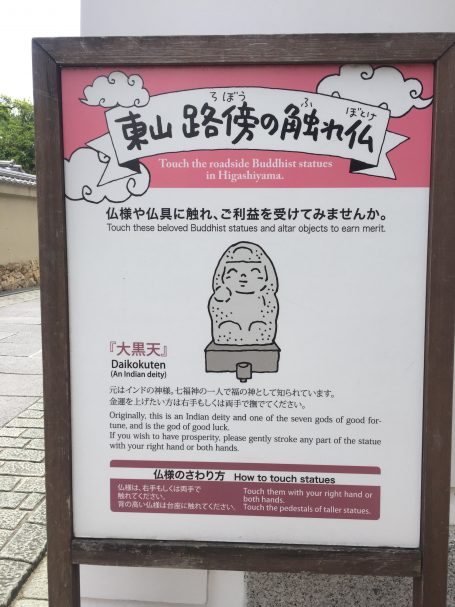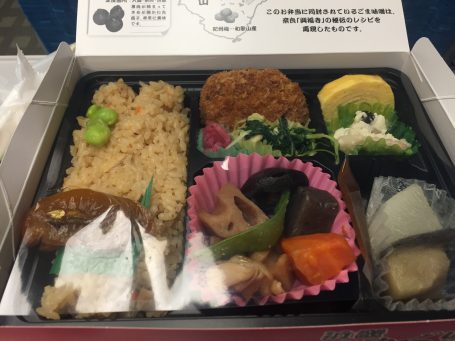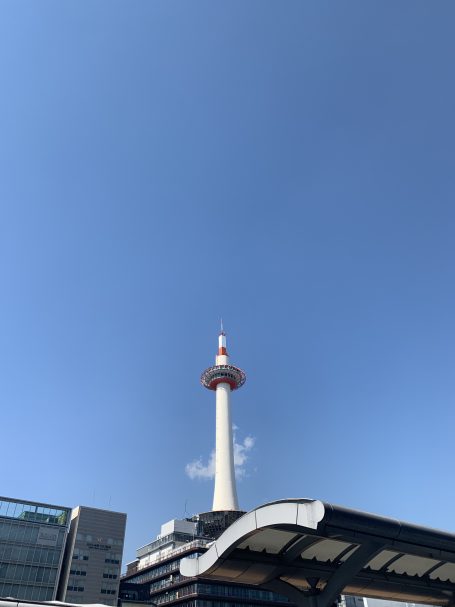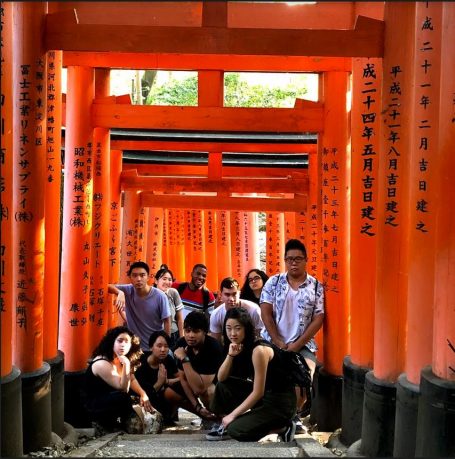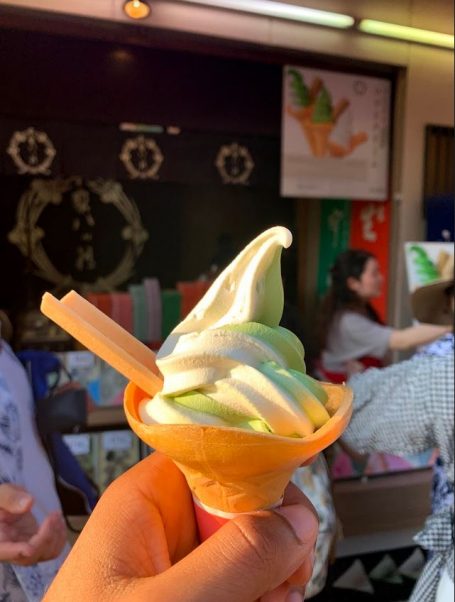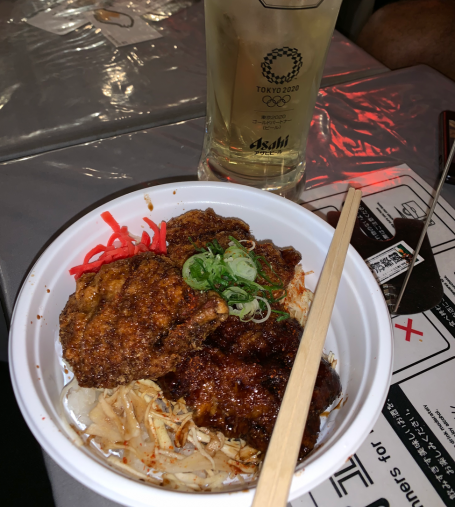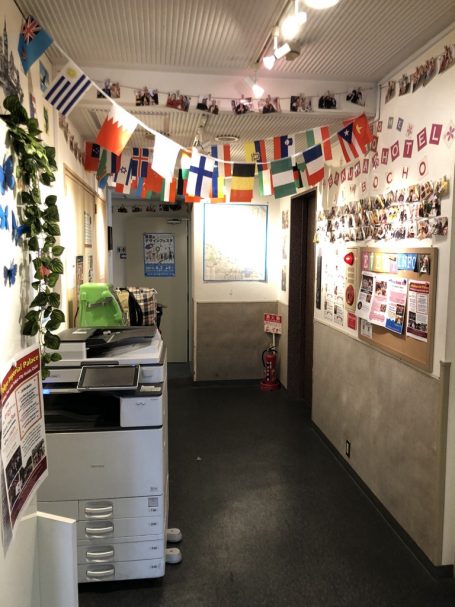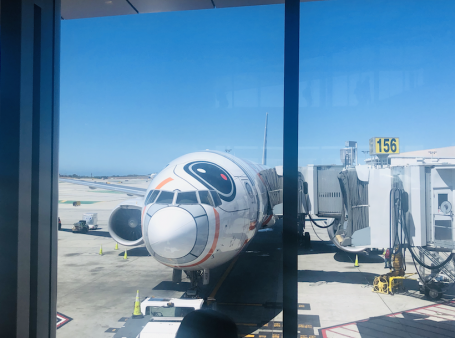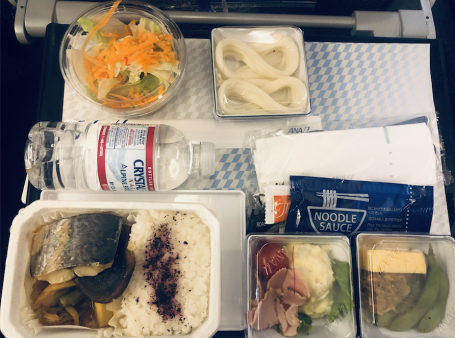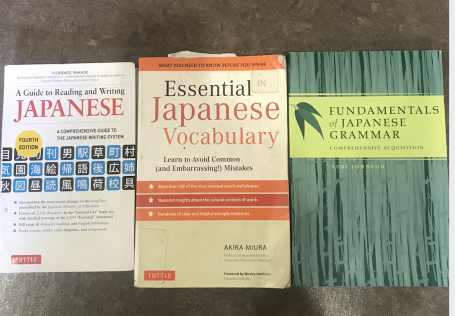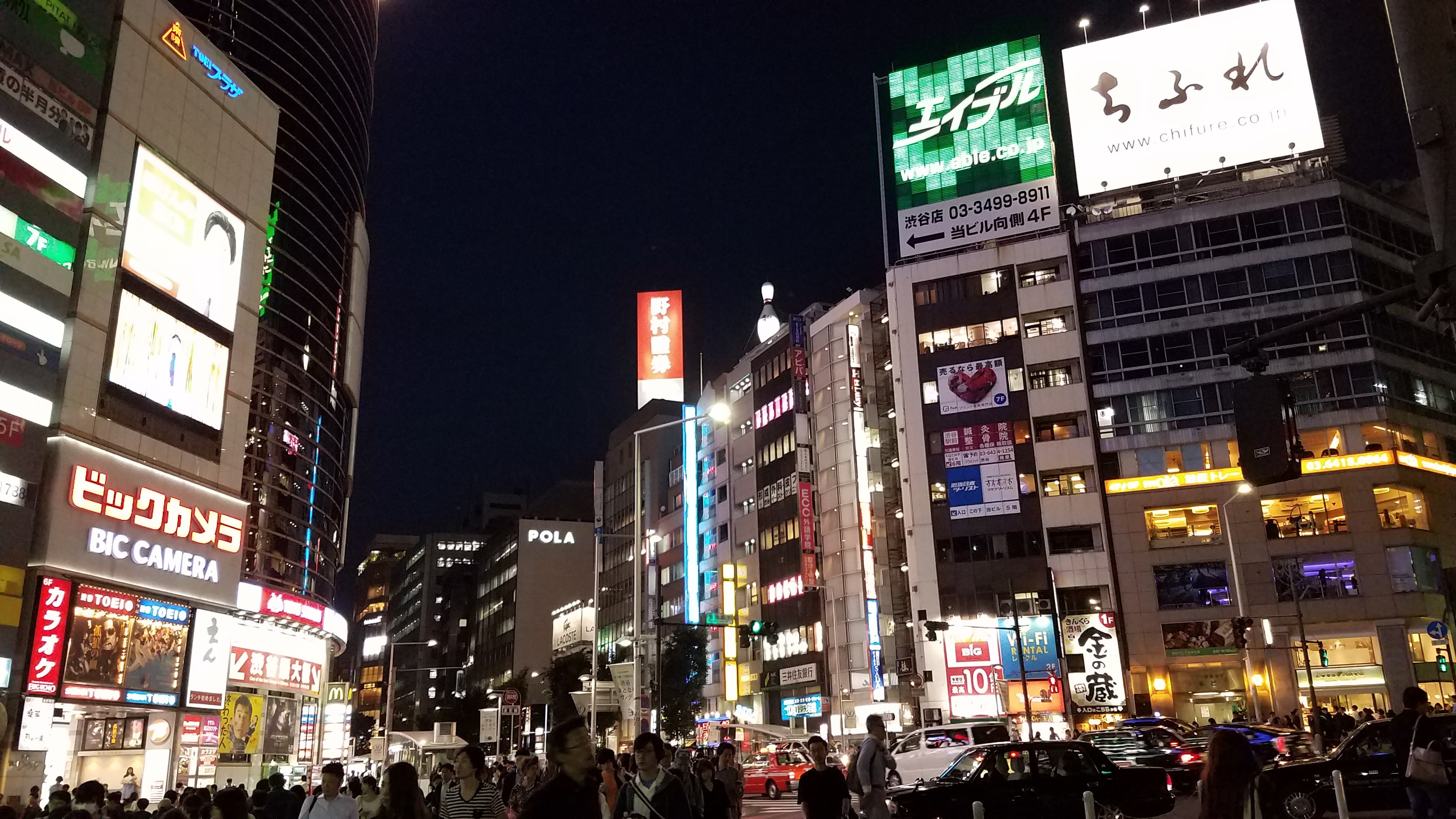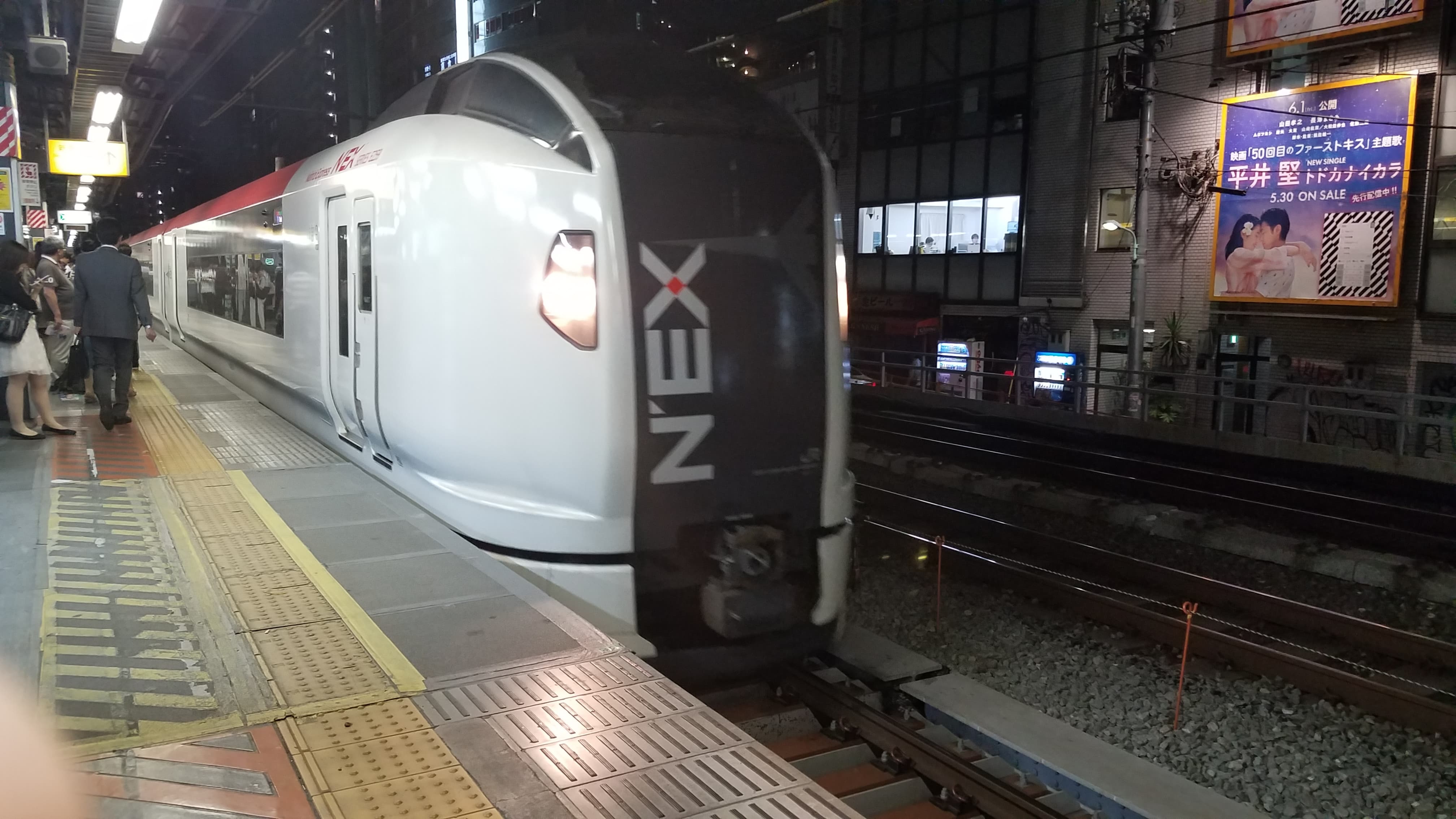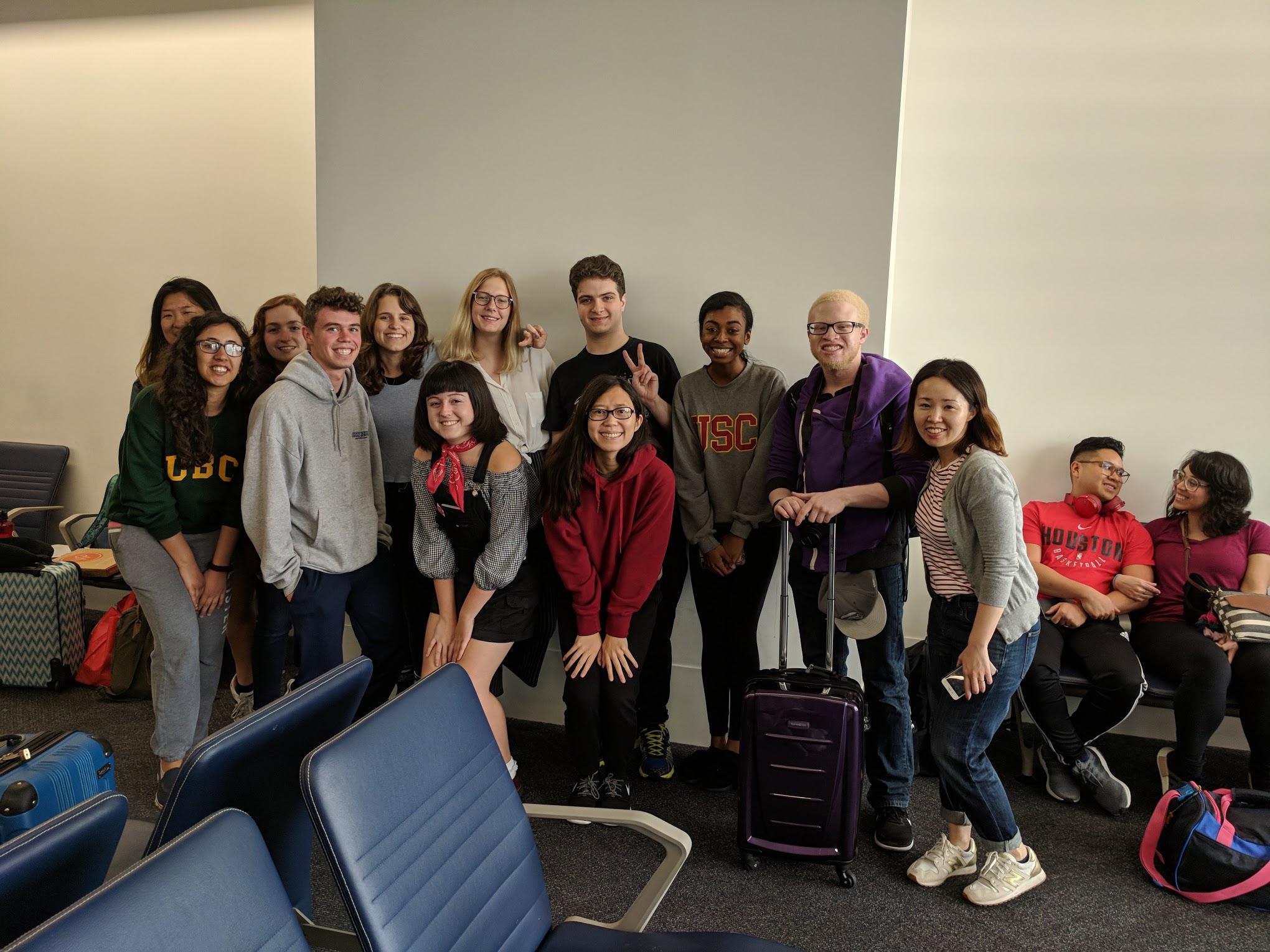By: Kenneth Wong
What a wild couple of days it has been! The last few weeks have flown by and this Maymester is coming to a close. This blog post is for June 6th, two days before the end of the program. I started off the morning by sleeping in until 9am! I feel like I am finally getting used to the time difference in this country just in time to fly back to the States. I started off the day singing in the shower so I know I’ve become too comfortable living here! Today, I went to a small cafe named Streamer in Naka-Meguro. The public transportation in this country is remarkably efficient and easy to use… after a few mishaps. Despite how directionally challenged I am known to be, I find that traveling around the big city has become a luxury rather than a nuisance.

Beautiful day in Naka-Meguro! Perfect weather for work in the morning and walking around at night.
Streamers Coffee Company was not meant to serve as a breakfast and hangout session. Three Global East Asia Scholars, myself included, worked diligently to finish the big final paper rough draft! After waking up at 9 o’clock, I had a little less than 24 hours to finish my draft and submit it to Professor Katada. The goal was to complete the rest of the project to free up the remainder of the day. After several drinks and one banana, I was able to finish! Even when faced with a deadline, I was still able to enjoy the aesthetic and beauty of working in Japan.
After the cafe visit came editing with my research partner, Thomas, back in Jimbocho. The majority of the day was set as the backdrop for students to finish working on their projects. We were able to finish the project relatively quickly, so I went to Shibuya later that night! Most of this trip has been traveling in large groups, so moving in a group size of 3 had its own challenges. The temperature was 87 degrees Fahrenheit, significantly warmer than the previous few days. This gave the night a fresh feeling and made night walking down the streets of Tokyo remarkably comfortable.

View of the famous Shibuya crossing from the train station! Much more hectic at night!
I no longer feel stressed roaming the streets of Tokyo! Being unable to speak the language has been an issue, but it has pushed me to come up with creative solutions to not being able to communicate effectively. I am effectively a foreigner in this country with a limited understanding of the Japanese language, but I have not let that hinder my enjoyment and workflow in this foreign land.
It has taken three weeks, but a rhythm has been very much established in my daily life in Japan. Whether it be onigiri from the local conbini (Convenience Store), Pocari Sweat from the vending machine, or going sightseeing in the busy streets of Shibuya, this research process has gone by in the blink of an eye. Spending the morning at the cafe was a much needed calming of the storm, but this last push towards the finish line has been sensational!

